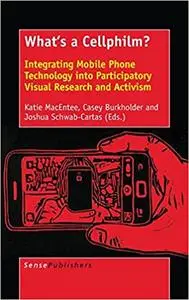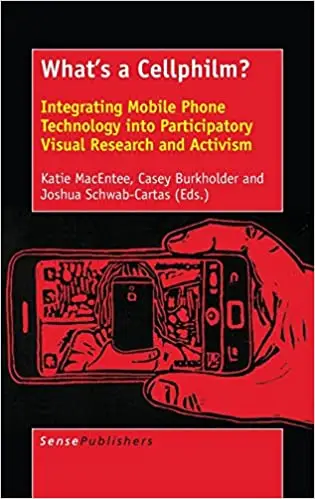Katie MacEntee, Casey Burkholder, Joshua Schwab-Cartas, "What's a Cellphilm? Integrating Mobile Phone Technology into Participatory Visual Research and Activism"
English | 2016 | ISBN: 9463005714 | PDF | pages: 218 | 10.3 mb
English | 2016 | ISBN: 9463005714 | PDF | pages: 218 | 10.3 mb
What's a Cellphilm? explores cellphone video production for its contributions to participatory visual research. There is a rich history of integrating participants' videos into community-based research and activism. However, a reliance on camcorders and digital cameras has come under criticism for exacerbating unequal power relations between researchers and their collaborators. Using cellphones in participatory visual research suggests a new way forward by working with accessible, everyday technology and integrating existing media practices. Cellphones are everywhere these days. People use mobile technology to visually document and share their lives. This new era of democratised media practices inspired Jonathan Dockney and Keyan Tomaselli to coin the term cellphilm (cellphone + film). The term signals the coming together of different technologies on one handheld device and the emerging media culture based on people's use of cellphones to create, share, and watch media.
Chapters present practical examples of cellphilm research conducted in Canada, Hong Kong, Mexico, the Netherlands and South Africa. Together these contributions consider several important methodological questions, such as: Is cellphilming a new research method or is it re-packaged participatory video? What theories inform the analysis of cellphilms? What might the significance of frequent advancements in cellphone technology be on cellphilms? How does our existing use of cellphones inform the research process and cellphilm aesthetics? What are the ethical dimensions of cellphilm use, dissemination, and archiving? These questions are taken up from interdisciplinary perspectives by established and new academic contributors from education, Indigenous studies, communication, film and media studies.



